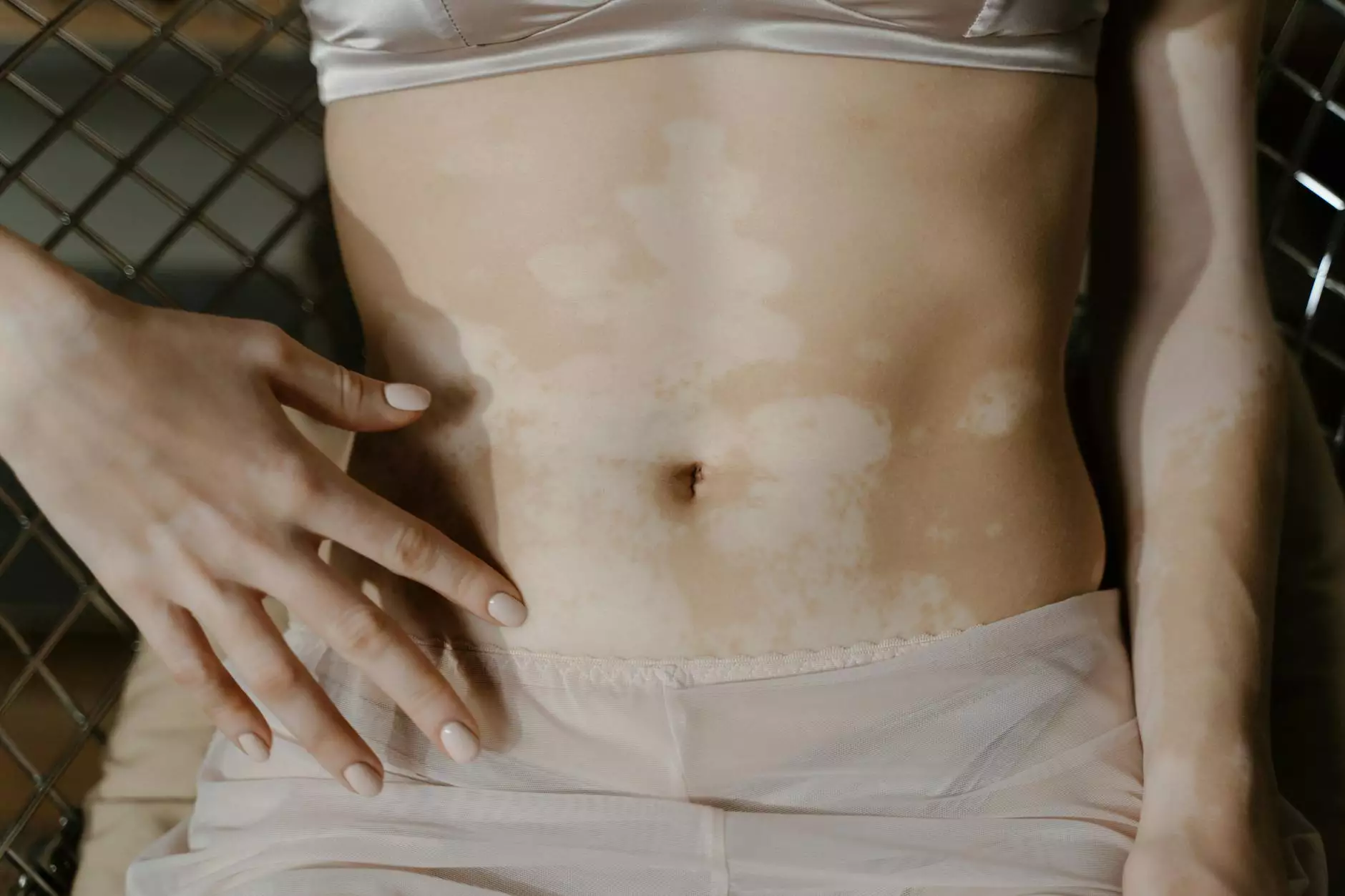Why Are My Legs Discolored? Exploring the Causes and Solutions

Experiencing leg discoloration can be concerning, prompting questions about your health and overall well-being. This article aims to delve deep into the reasons behind leg discoloration, its potential implications, and what you can do to address it effectively. With a focus on maintaining vascular health, understanding these factors is crucial for everyone.
The Basics of Leg Discoloration
Leg discoloration often manifests as changes in skin color that can range from red, purple, blue, or brown. This can be caused by various underlying issues, and identifying them early is vital for effective treatment. The appearance of your legs can indicate significant health concerns, especially related to the vascular system.
Common Causes of Leg Discoloration
1. Vascular Conditions
In many cases, discoloration can be linked to vascular issues, including:
- Chronic Venous Insufficiency: This condition occurs when veins struggle to send blood back to the heart. The increased pressure within the veins can lead to changes in the skin color.
- Deep Vein Thrombosis (DVT): A serious condition caused by blood clots in deep veins. DVT can lead to swelling, pain, and discoloration in the legs.
- Varicose Veins: Swollen, twisted veins that result from weakened valves. They can cause blue or purple discoloration and are often accompanied by discomfort.
2. Skin Disorders
Skin conditions can also lead to leg discoloration:
- Dermatitis: Inflammation of the skin can occur due to allergies or irritants, causing redness and discoloration.
- Psoriasis: This chronic skin disease leads to rapid skin cell proliferation, often resulting in reddish patches covered with silver scales affecting the legs.
- Hyperpigmentation: Excess melanin production can cause areas of the skin to darken, often seen in sun-exposed regions.
3. Systemic Diseases
Some systemic health issues can also contribute to changes in leg coloration:
- Diabetes: This condition can affect circulation and nerve health, leading to discoloration, especially if ulcers form on the legs.
- Heart Problems: Insufficient blood flow can manifest as a bluish tint in the legs, often indicating serious cardiovascular issues.
- Liver Disease: Conditions affecting liver function can lead to discoloration due to toxin accumulation in the body.
Identifying Symptoms Associated with Discoloration
While discoloration itself is a visible symptom, it’s essential to consider accompanying symptoms that can help pinpoint the underlying cause:
- Pain or Swelling: Associated conditions often accompany discoloration, including pain, swelling, or a feeling of heaviness.
- Temperature Changes: Areas of the leg may feel warmer or cooler than others.
- Ulcers or Sores: Open wounds may develop, especially in vascular conditions, leading to discoloration and increasing the risk of infection.
When to Seek Medical Advice
If you notice unexplained discoloration in your legs, seek medical advice. It is especially crucial to consult a healthcare professional if:
- The discoloration develops suddenly.
- You experience significant swelling or pain.
- Your legs feel consistently cold or numb.
- Skin changes are accompanied by fever or other systemic symptoms.
Diagnosis and Evaluation of Leg Discoloration
To understand why your legs are discolored, doctors typically conduct a thorough evaluation that includes:
- Medical History Review: A comprehensive assessment of your personal and family medical history is crucial.
- Physical Examination: A detailed examination of the legs and circulatory system is performed.
- Diagnostic Tests: Tests such as ultrasound scans, blood tests, or CT scans may be utilized to gather more information on your vascular health.
Treatment Options for Leg Discoloration
Once the underlying cause of the leg discoloration is identified, appropriate treatment can commence. Options may include:
1. Vascular Treatments
- Compression Therapy: Using compression stockings can enhance blood flow, alleviating symptoms related to venous insufficiency.
- Endovenous Laser Therapy: This minimally invasive procedure treats varicose veins effectively.
- Sclerotherapy: Involves injecting a solution to close off varicose veins, helping to restore normal blood flow.
2. Lifestyle Modifications
- Regular Exercise: Promoting healthy blood circulation through cardiovascular activities can significantly help.
- Healthy Diet: Consuming a balanced diet rich in antioxidants supports vascular health and may reduce discoloration.
- Avoiding Prolonged Sitting or Standing: Shift positions regularly to aid circulation.
3. Medical Treatments for Skin Conditions
- Topical Treatments: Medications prescribed for skin conditions such as dermatitis or psoriasis can effectively reduce discoloration.
- Corticosteroids: Used to treat inflammation associated with various skin conditions.
FAQs About Leg Discoloration
1. Can leg discoloration be prevented?
While not all cases of leg discoloration are preventable, maintaining a healthy lifestyle and being proactive about vascular health can significantly reduce the risks.
2. Is leg discoloration always a sign of something serious?
Not necessarily. Although discoloration can indicate serious health issues, it can also arise from less severe conditions that are easy to treat.
3. How can I improve my vein health?
Improve your vein health by staying active, maintaining a healthy weight, and avoiding prolonged periods of inactivity to encourage proper blood flow.
Conclusion
Understanding the causes of leg discoloration is crucial for addressing this concerning symptom effectively. Whether resulting from vascular conditions or skin disorders, knowledge empowers you to seek timely treatment. At Truffles Vein Specialists, we are committed to helping you diagnose and treat leg discoloration with compassion and expertise. Don't hesitate to reach out for a consultation to ensure your legs remain healthy and vibrant.
why are my legs discolored








